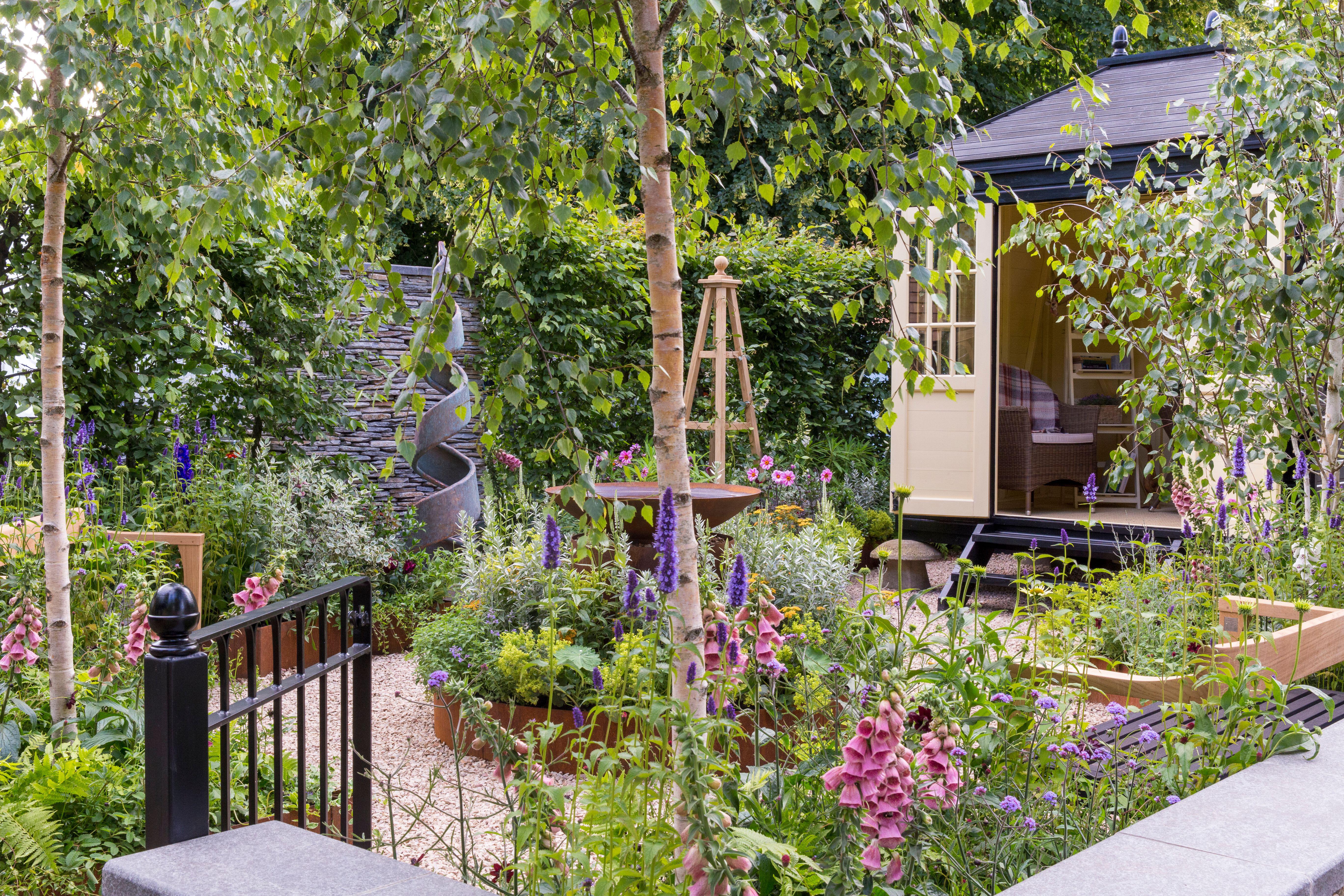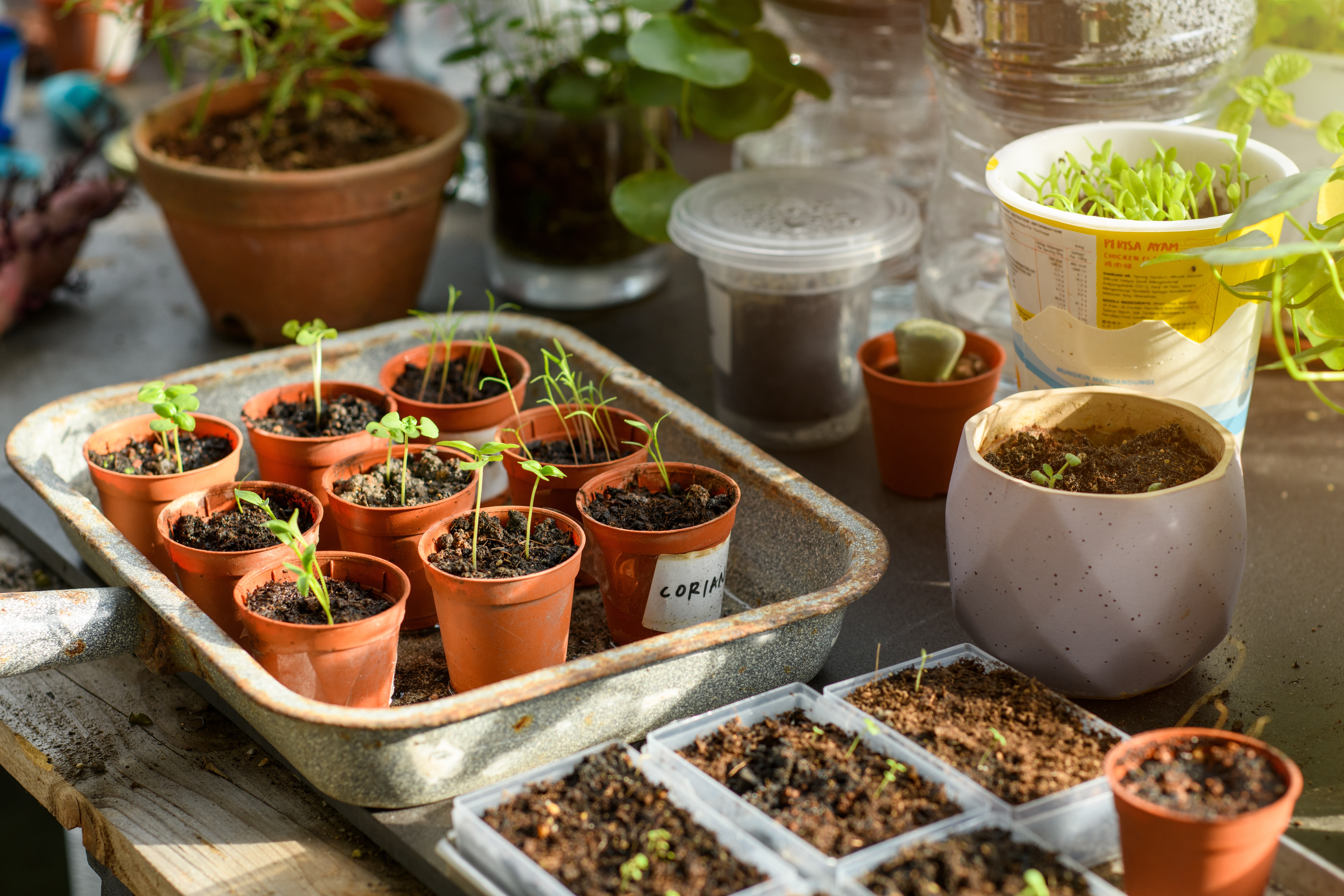An expert guide to growing plants from seed
All you need to grow your own plants from seed is a pot, some compost, water and a sheltered place.

The magical transformation of a tiny seed into a flowering plant is one of the wonders of gardening. Few things bring as much pleasure as nurturing a plant from the moment a seed is sown until it is a flourishing part of the garden. It is a delight that never becomes stale. Growing plants from seed is easy and requires no sophisticated equipment. A pot, some compost, water and a sheltered place are all that is needed.
Every year, the gardeners at Glyndebourne in East Sussex raise thousands of plants from seed. All begin life in a basic 31⁄2in pot. If old pots are being reused, make sure that they have been washed and scrubbed clean of any lurking pests or disease. Use a ready-mixed seed or cutting compost, usually a combination of loam, coir, grit, composted bark or vermiculite. These are formulated to be fine-textured and low in plant food. Do not be tempted to use either your own compost or a potting compost, as these will be too rich and too coarse for the seedlings.

Begin by overfilling the pot with the compost and removing the excess with the side of your hand or with a flat piece of wood. Gently firm the surface so that it is about a quarter of an inch below the rim. The bottom of any empty pot will help with this. Don’t push too hard: the aim is to create a flat surface without compacting the compost. Cast the seed onto the levelled surface either directly from the packet or from the groove in your palm, tapping your hand gently to release the seed. Aim for a distribution of the seeds where they do not touch each other. With fine seed, this is near impossible, so use only a few at a time. It is better to sow several pots of a variety rather than overcrowd the seeds.
The seeds of annual plants need to be covered with a fine layer of compost, either by passing it through a sieve or carefully rubbing it between the palms of your hands.
Seeds of most herbaceous plants and shrubs can take a long time to germinate and are best covered with a layer of horticultural grit, which will reduce the risk of the surface being covered in liverworts or moss.
Immediately after sowing, the pots need to be watered. This is a straightforward operation that, clumsily done, can compress the seed or even wash it away altogether.
Use a watering can with a fine rose turned upwards, releasing the water gently over the pots from one side to the other. Metal roses give a finer spray than plastic ones. Finally, label the pot with the name of the plant.
Exquisite houses, the beauty of Nature, and how to get the most from your life, straight to your inbox.
The pots should be stored in a place that is light and airy and preferably somewhere that does not have large fluctuations in temperature. An unheated greenhouse or a cold frame is ideal. The old advice of placing the pots on a windowsill was appropriate in a time when houses were not overheated. If you do use a windowsill in the house, choose a room where the central heating is turned down low. Water the pots sparingly if the compost looks as if it is drying out.
Some annual seed will germinate within a couple of weeks, but perennial plants may take up to a year before stirring into life. The moment when the first leaves push through the surface is always thrilling: these are the cotyledons, which produce energy for the seedling to continue growing. The plant’s true leaves appear shortly after and it is at this point that the fragile seedlings need to be transplanted.
Prepare small pots or module trays, filled, this time, with a potting compost. Push a pencil or a widger (a tool for scooping out seedlings) into the compost underneath each seedling, delicately easing them out. Hold the plant by one of its leaves: if you damage a leaf another will grow, but if you damage the stem, it’s the end of the plant. Make a hole in the compost with a pencil or a dibber (another nifty tool designed for the purpose) and place the seedling into it. The first leaf should be level with the surface of the compost. Gently push compost around the roots of the plant. Water the seedlings after they have been transplanted.
Plants are ready to be planted out into the garden when roots can be seen emerging from the drainage holes of the pot. Before they are planted, your young, mollycoddled plants need to adjust to the rigours of life in the garden.
Stand the plants outdoors during warm days, but cover them with horticultural fleece, or bring them back inside, at night. After a week or so, they should be hardy enough to be planted.
However magnificent other plants in the garden are, none will sing to you like those you have raised yourself from seed.